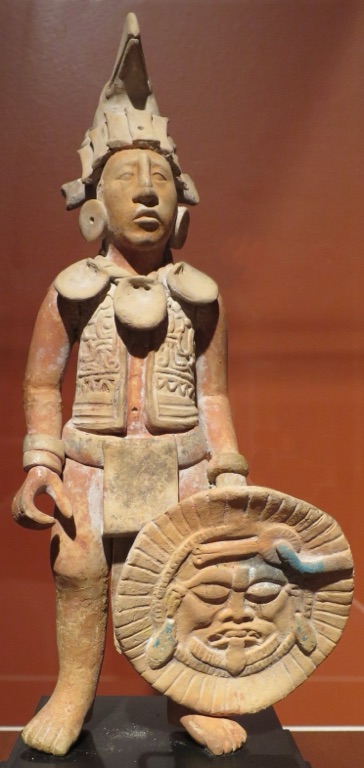Summary
Mastering Time and Architecture
The Mayan civilization, renowned for its awe-inspiring pyramids, advanced calendar systems, and durable ruins, offers a glimpse into an ancient world of innovation and spirituality. The Mayans left behind a legacy highlighted by their intricate Long Count calendar, which demonstrated a remarkable understanding of astronomy and the passage of time. Their pyramids, such as the famous El Castillo at Chichen Itza, not only served as temples for worship but also as testaments to their architectural genius and knowledge of celestial events. These structures are aligned with astronomical phenomena, like solstices and equinoxes, proving the civilization’s deep connection with the cosmos.
Get your dose of History via Email
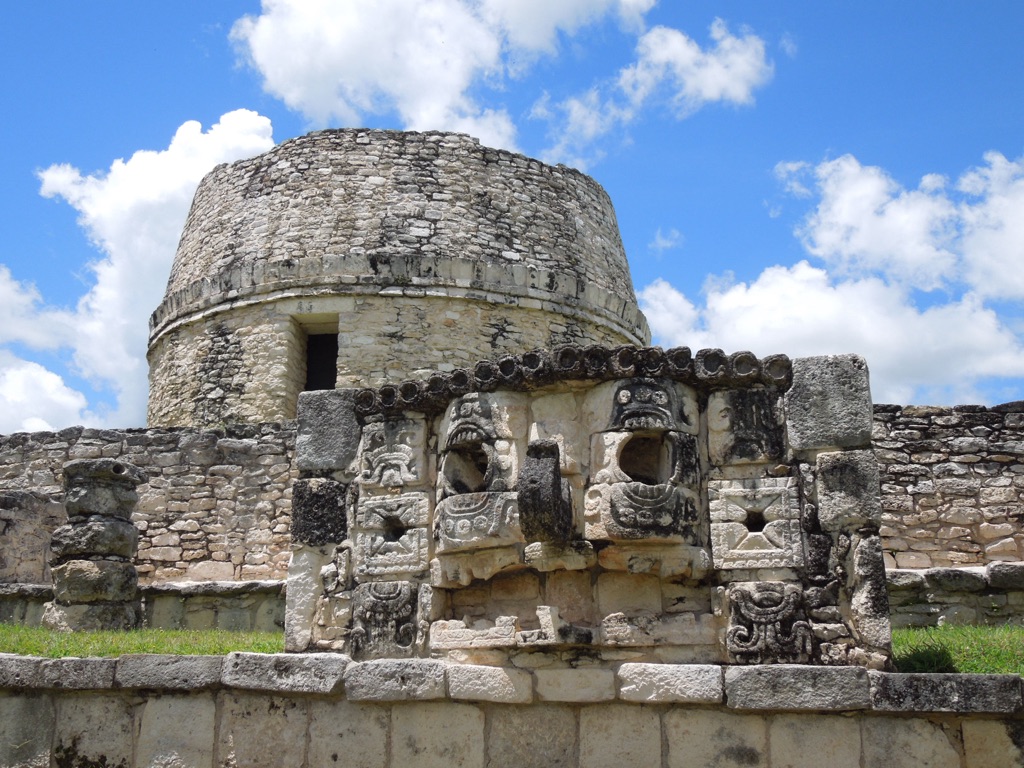
Enduring Legacy in Mesoamerican Ruins
The remnants of the Mayan civilization continue to enchant, with the ruins scattered across Central America drawing visitors from all over. The stone cities, often cloaked by the dense jungle, tell stories of a culture rich in art, mathematics, and agriculture. Sites like Tikal and Palenque reveal complex societies of trade networks, warfare, and dynastic rule. Despite facing mysterious decline, the civilization’s achievements live on through their ruins which endure as a testament to human ingenuity. The preservation of these sites allows for ongoing study and appreciation, casting light on the profound impact of Mayan contributions to the world.
Geographic Habitation of the Mayans
The Mayan civilization is renowned for its sophisticated culture, steeped in mystery and steep in rich history. Their habitation spanned across a vast expanse of Central America. Primarily, this ancient civilization made their homes in regions that are now known as southern Mexico, Guatemala, Belize, and parts of Honduras and El Salvador. The landscapes where the Mayans lived varied greatly. They ranged from dense, tropical rainforests to mountainous highlands and arid plains. The adaptability of the Mayan people was evident. They thrived in these diverse environments by developing innovative farming techniques like slash-and-burn agriculture and terracing.
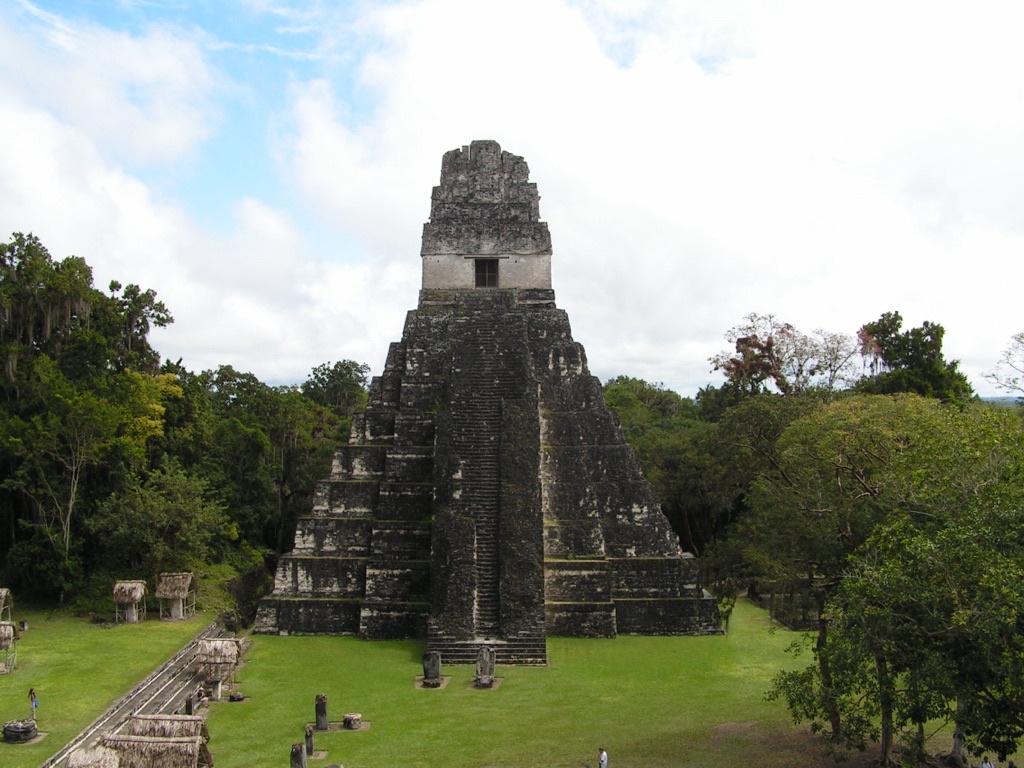
The Cradle of Mayan Civilization
At the heart of the Mayan’s geographic habitation lay the lowland areas, known to be the cradle of their civilization. Here, vast city-states such as Tikal and Calakmul flourished, surrounded by lush forests that provided resources and sustenance. These lowland regions supported the growth of an intricate society. This society was grounded on advanced knowledge of agriculture, astrology, and architecture. Indeed, the remnants of majestic pyramids, palatial compounds, and elaborate monuments stand today. They testify to the sophisticated urban planning and the Mayans’ deep connection to their environment.
Highland Settlements and Cultural Exchange of the Mayan Civilization
Straying from the lowlands, the Mayans also established significant settlements in the highland zones. Places like the Guatemalan Highlands presented a cooler climate and different resources. The highlands fostered a robust exchange of goods and cultural practices between the Mayans and neighboring cultures. This exchange enhanced regional diversity. The highlands hosted vibrant markets. Traders bartered goods ranging from obsidian and jade to textiles and cacao, integrating the Mayans into a larger Mesoamerican world. Temples and fortress-like structures, adapted for this mountainous terrain, showcased the Mayans’ ingenuity in civil engineering and resilience in the face of geographic challenges.
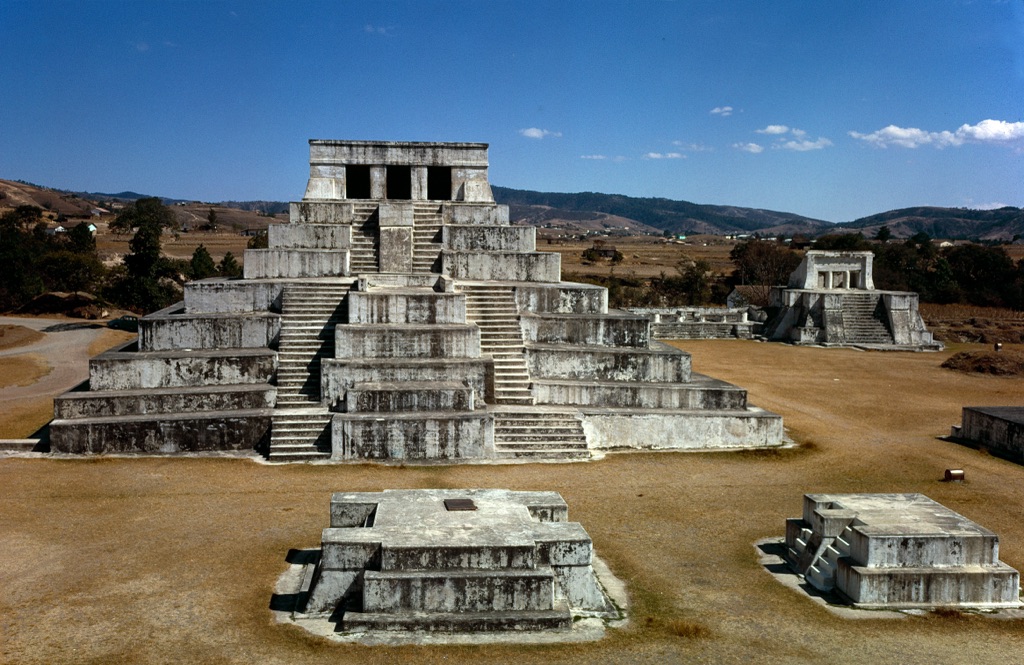
Maya from 1800 B.C. to A.D. 250
The origins of the Maya, a civilization known for its unique script, magnificent pyramids, and advanced knowledge of astronomy, extends deep into the preclassic period. During this era, beginning around 1800 B.C., the Maya people started to settle in villages, slowly laying down the roots of what would become some of the most sophisticated societies in ancient Mesoamerica. Their culture was steeped in ritual and religion, with deities governing natural elements like corn — a staple crop that shaped their livelihood. Over the centuries, the Maya made significant strides in developing agriculture, which was central to their sustenance and growth.
The Rise of Maya City-States
About halfway through the preclassic period, the construction of monumental architecture began to symbolize the burgeoning societal complexity. Powerful city-states like El Mirador began to rise, showcasing the Maya’s growing power and influence. These cities served as hubs of political, religious, and economic life, with towering temples and plazas forming the epicenter of public ceremonies and gatherings. The elite class, consisting of rulers, priests, and nobles, directed the affairs of the city-states, while skilled craftsmen and farmers formed the backbone of the economy. Trade networks extended their reach, facilitating the exchange of goods like jade, obsidian, and fine pottery, which signified wealth and status.
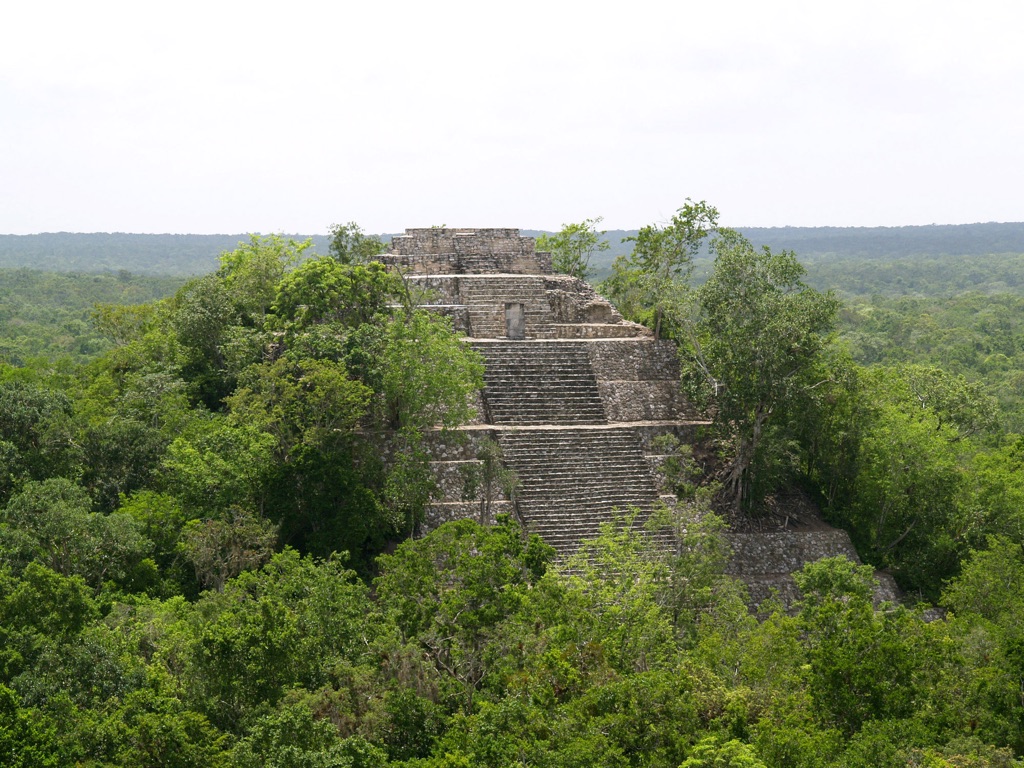
Intellectual and Astronomical Advancements of the Mayan Civilization
By 1 A.D., the Maya had made astonishing advancements in astronomy and calendar systems, highlighting a deep connection to the cosmos. Their calendar was not only precise but also central to their culture and religion, informing their agricultural practices and ceremonial events. Skilled Maya astronomers observed celestial patterns with the naked eye, deducing the cycles of Venus and accurately predicting solar eclipses. This knowledge also influenced their architecture, aligning buildings with astronomical events. As the preclassic period drew to a close, the Maya were poised to step into their golden age, setting the stage for the classic period where their civilization would reach its apex of art and innovation.
Classic Period Mayan Pyramids, A.D. 250-900
The Height of Mayan Construction
During the Classic Period of Mayan civilization, ingenious architectural feats took shape in the form of towering pyramids. These majestic structures were the centerpiece of Mayan cities such as Tikal, Calakmul, and Palenque. Built from limestone and reaching for the skies, the pyramids served not only as temples but also as astronomical observatories. Intricately aligned with celestial events, they stand testament to the Mayans’ advanced understanding of mathematics and astronomy.
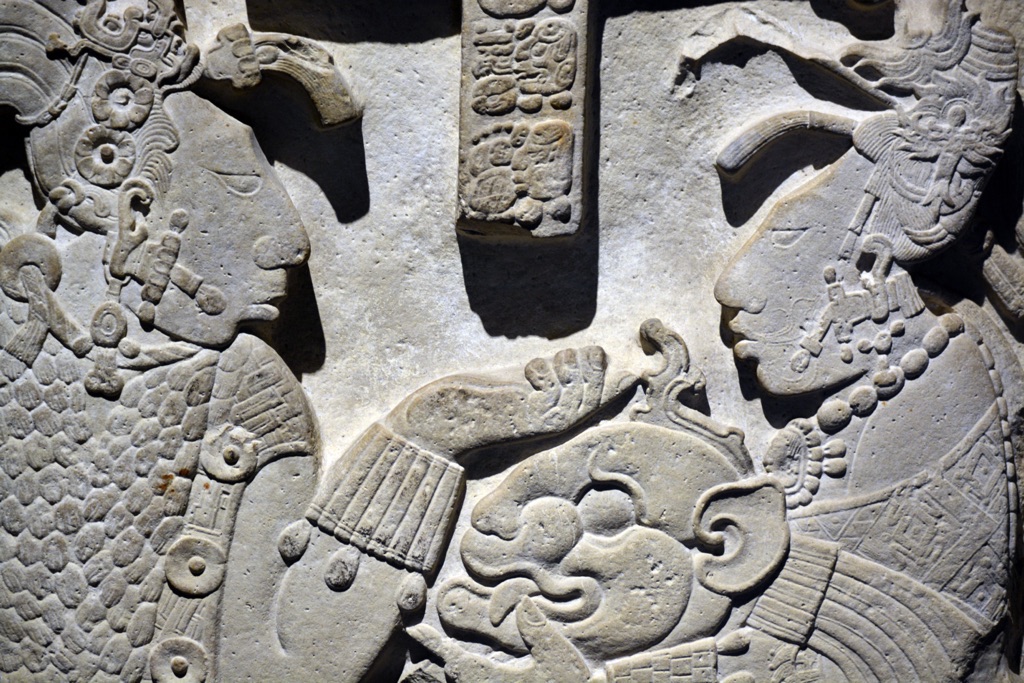
Unraveling the Chronology of the Mayan Civilization
Researchers have pieced together the pyramids’ timelines through various dating methods. The most common one, the Long Count calendar, offers precise dates that often correlate with significant architectural phases. In addition, artifacts found within or around the pyramids, like pottery and tools, support these findings through relative dating techniques. Despite the accuracy of these methods, there remain debates about the exact timelines of some pyramids. Theories propose alternative construction dates, but consensus often settles on the commonly accepted chronology derived from the Long Count.
Symbolism and Significance
The Classic Period pyramids were more than mere mortuary temples; they embodied the cultural and religious ethos of the Mayan society. Steeped in symbolism, every level and stairway narrated stories of the gods, the afterlife, and the cosmos. Ceremonies and rituals held on these platforms solidified the rulers’ status as intermediaries between the divine and earthly realms. While some interpretations of hieroglyphics and iconography remain open to debate, there is a general agreement on the pyramids’ role as sacred sites, crucial in maintaining the cosmic order and social hierarchy.
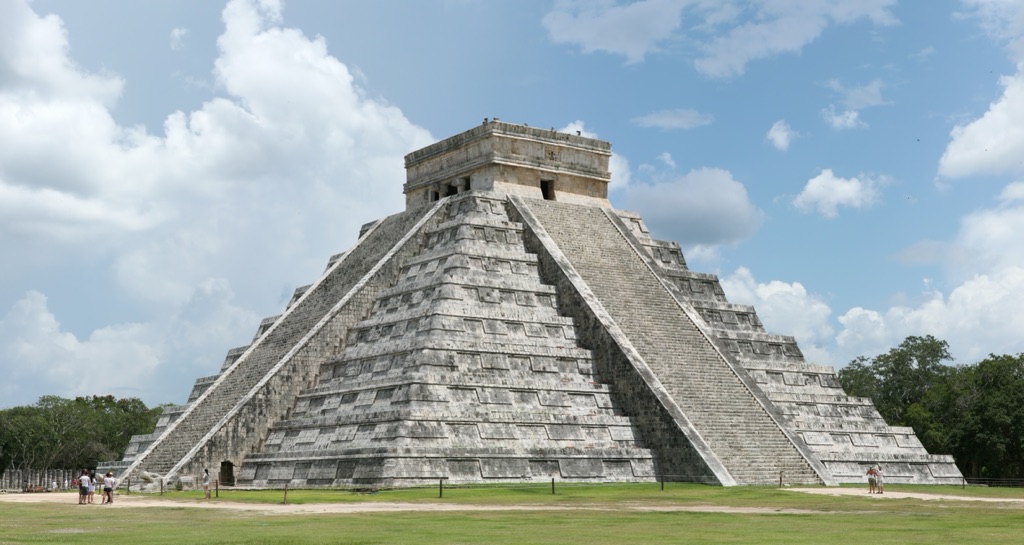
For further reading and to validate the information presented in this article, the following sources are recommended:

